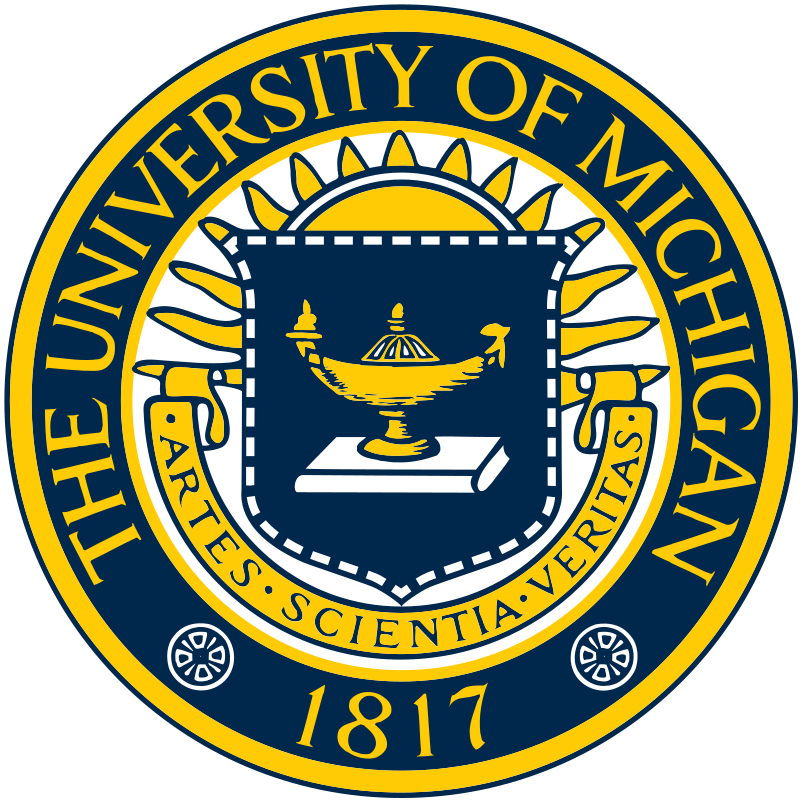Table of Contents
- General Information
- Vaccine Related Pathogen Genes
- Vaccine Related Host Genes
- Vaccine Information
- Bovine Rotavirus-Coronavirus Modified Killed Virus Vaccine (USDA: 1935.20)
- Bovine Rotavirus-Coronavirus Modified Live Virus Vaccine (USDA: 1931.20)
- Bovine Rotavirus-Coronavirus Killed Virus Vaccine-Clostridium Perfringens Type C-Escherichia Coli Bacterin-Toxoid (USDA: 4570.20)
- Bovine Rotavirus-Coronavirus Killed Virus Vaccine-Clostridium Perfringens Type C-Escherichia Coli Bacterin-Toxoid (USDA: 4570.22)
- Bovine Rotavirus-Coronavirus Killed Virus Vaccine-Clostridium Perfringens Types C & D-Escherichia Coli Bacterin-Toxoid (USDA: 4575.20)
- Bovine Rotavirus-Coronavirus Killed Virus Vaccine-Escherichia Coli Bacterin (USDA: 4585.20)
- Bovine Rotavirus-Coronavirus Killed Virus Vaccine-Escherichia Coli Bacterin (USDA: 4585.22)
- HSVT[VP7/6/2]
- ROTARIX
- RotaTeq
- Rotavirus Chimeric VP6 protein Vaccine
- Rotavirus VP2/VP 6 Protein Vaccine
- Rotavirus VP4/VP7 Protein Vaccine
- Rotavirus VP6 Protein Vaccine
- References
| I. General Information | ||||||||||||
|

Loading Pathogen Genes...

Loading Host Genes...

Loading Vaccines...
Loading References...


